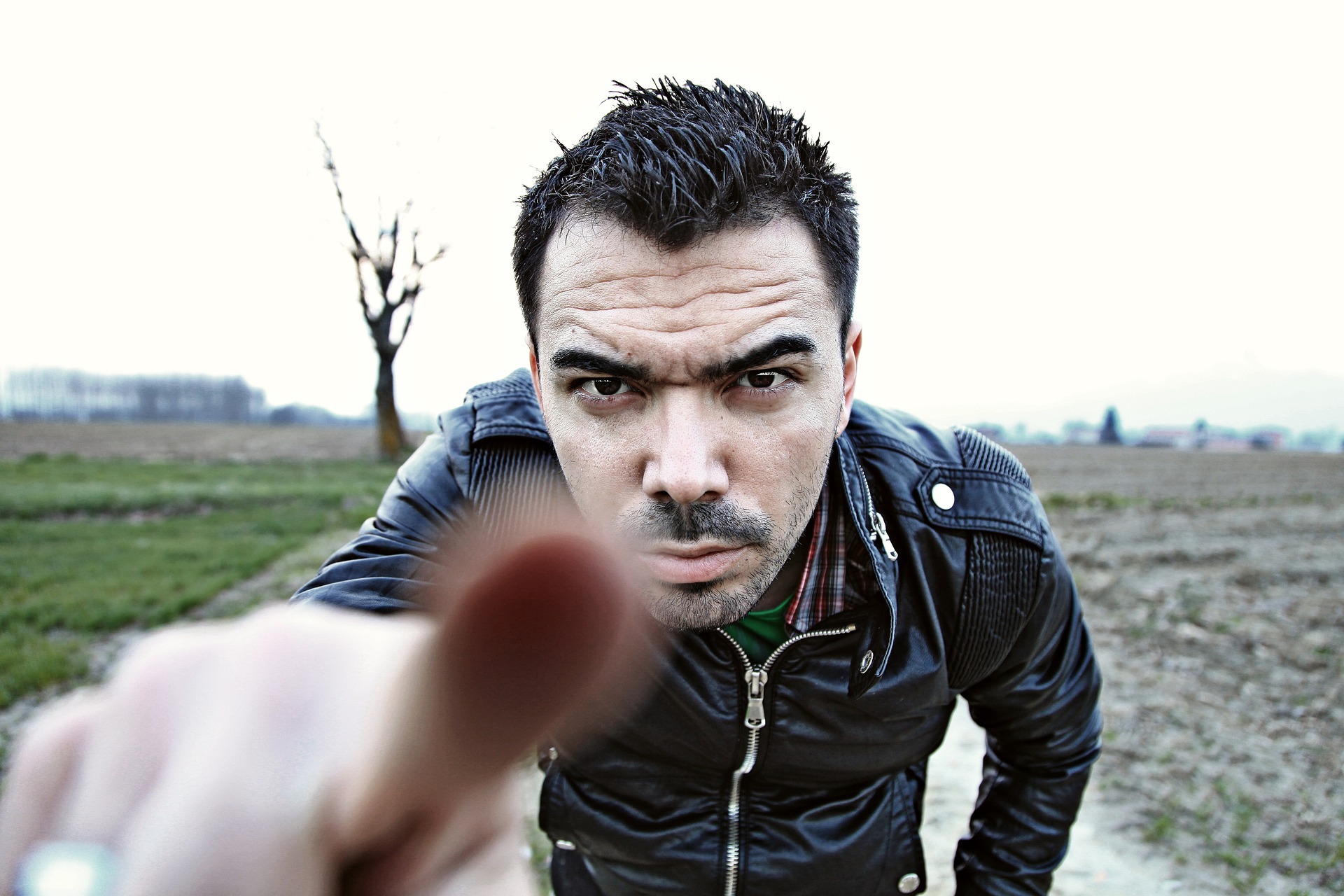The reality check technique for achieving lucid dreaming (LD) is one of the most well-known. In the classic version, a person simply systematically asks themselves: “Am I dreaming?” thereby developing a habit that should manifest itself in their dreams. Recently, however, a researcher from the UK, Berenika Maciejewicz, divided this technique into three different protocols.
During a ten-day experiment, 33 participants (all women) were divided into three groups. They installed an app on their phones that sent out a signal every two hours five times a day. The sound had to be soft, unobtrusive, and short (a simple vibration, for instance) so as to not irritate or interfere with study or work. At this moment, the volunteers had to complete the task given to them, while mentally asking themselves: “Is this a dream, or is this reality?” and then continue their day as usual.
The first group was assigned the task of checking their reflection in the mirror. In a dream, a person’s appearance usually differs from the way they look in real life. The risks of this method, as the author notes, are that seeing their own reflection can scare the dreamer and wake them up. However, practice did not confirm these concerns.
The second task was based on the fact that the laws of physics do not work in dreams. For example, you can carry one solid object through another. Therefore, once the phone signal went off, the volunteers had to put their palms against the wall and check whether their hands could pass through the wall (in the absence of a nearby wall they had to try to push a finger through their other hand).
The third task was for participants to examine their hands (to see if they had changed). This is an old and popular technique, but since all the participants were women the author added a feminine detail to the procedure: to pay special attention to nail polish. This group showed the best results both in terms of awareness and of remembering dreams.
Which type of reality check do you prefer?
The article was published in October 2022 in the Journal of Neuroscience and Neuropharmacology.
Get all the latest news about lucid dreams via our channels on Telegram, Instagram, Facebook




